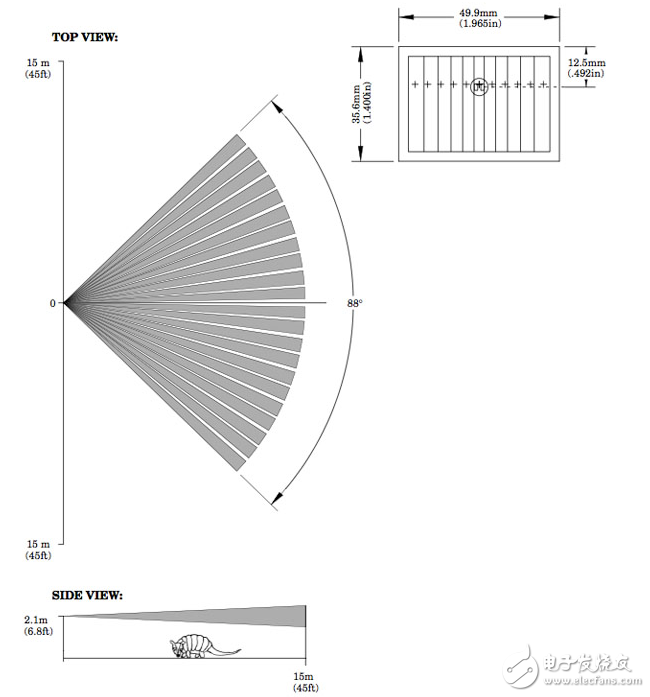
资料下载

传感器在商业照明中的应用
传感器在商业照明中的应用
商业照明部门正变得越来越复杂,因为新的照明光源被引入,人们对他们所能做的事情的期望越来越高。本文着眼于各种形式的传感可以帮助应对不断变化的商业照明部门的挑战的方法。
把音量调小些。
“绿色”建筑的发展趋势,旨在减少建筑和运营过程中使用的能源,促使承包商寻找更有效的方法来控制商业照明所消耗的能源。一种显而易见的方法是使用运动传感器检查是否有一个房间或开放的计划空间,并相应地调整灯光。
热释电器件,如被动红外传感器,经常被用于这种类型的占用感应,以及在更熟悉的背景下防盗报警。
这种传感器的工作原理很简单:一种晶体感应元件在暴露于红外线辐射时产生电荷,如人体热。红外辐射越多,产生的电压就越高。在商业的PIR传感器、菲涅尔透镜用于聚焦的红外辐射对传感元件和车载放大器增强信号和旅行的输出如果它开始变的太快。

For commercial premises, the sensor needs a reasonable sensing range. Parallax, Inc. makes the 555-28027 passive infrared (PIR) sensor with a sensing range of about 20 feet, depending on the operating conditions. It is a simple three-wire device, with a single-bit output indicating when motion is sensed. The sensor usually needs a ‘warm-up’ time to adapt to its operating environment, but this won’t be an issue in commercial applications in which the lighting control system is always on.
Zilog takes the PIR sensing strategy a step further with its ZMotion family of detection and control products. The difference here is that the ZMotion parts include a microcontroller, rather than having to be connected to one like the Parallax parts, and are available with a variety of lenses to match the sensor’s region of operation to a particular application. The local microcontroller can be programmed with a variety of sensing algorithms, again to tune the way the sensor works to the application. The result, according to Zilog, is a more sensitive and stable sensor, which should lead to fewer false positives.
The Fresnel lens options shape the area over which the ZMotion sensors work. An ‘Animal Array’ version is designed for use very high up on warehouse walls, or mounted where two walls meet. Mounted 2.1 meters up a wall, Zilog says the Animal Array can sense an 88° arc in front of it, out to a radius of 15 meters.
声明:本文内容及配图由入驻作者撰写或者入驻合作网站授权转载。文章观点仅代表作者本人,不代表电子发烧友网立场。文章及其配图仅供工程师学习之用,如有内容侵权或者其他违规问题,请联系本站处理。 举报投诉
- 相关下载
- 相关文章






